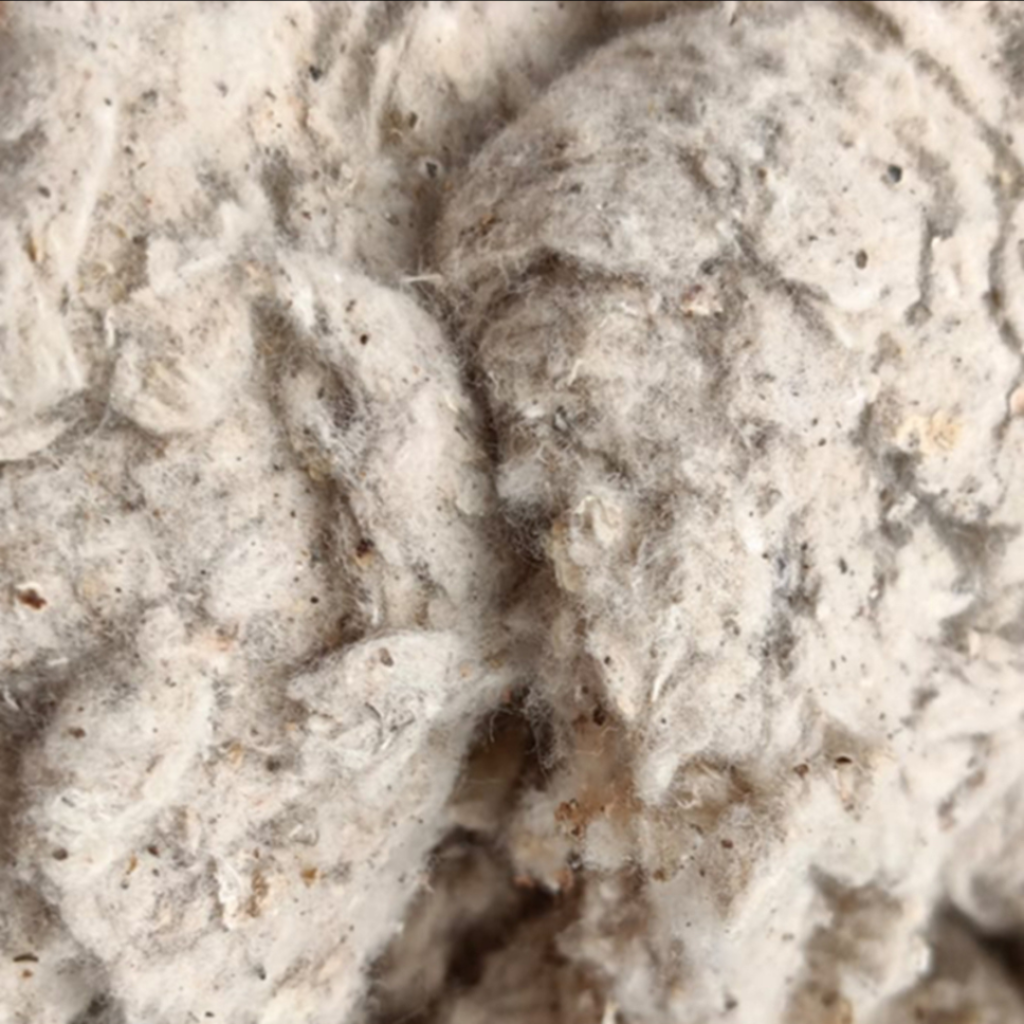
Micronaire benefit is used for judging the fibre strength. It's a evaluate on the air permeability of the device mass of cotton less than specified circumstances, expressed with regard to an arbitrary scale (micronaire scale).
This portion ought to be updated. Related dialogue may very well be observed over the discuss web page. Remember to enable update this article to mirror the latest situations or freshly available facts. (April 2021)
Cotton linters are been cooked (in a 'digester') working with sodium hydroxide, crushed inside a series of refiners, bleached making use of chlorine and sodium hypochlorite, and afterwards produced into compressed sheets. Average fiber duration is 1.3 mm. Cotton linters Have a very shorter fiber size than abaca, and paper made out of them will present watermarking and laid & chain lines very effectively.
Having said that, Bt cotton is ineffective against numerous cotton pests, which include plant bugs, stink bugs, and aphids; based on conditions it may still be fascinating to use insecticides against these. A 2006 research performed by Cornell researchers, the Center for Chinese Agricultural Plan along with the Chinese Academy of Science on Bt cotton farming in China discovered that just after seven yrs these secondary pests which were Generally controlled by pesticide had elevated, necessitating the use of pesticides at identical levels to non-Bt cotton and triggering a lot less profit for farmers due to extra cost of GM seeds.[seventy two] Nevertheless, a 2009 research by the Chinese Academy of Sciences, Stanford University and Rutgers University refuted this.
One particular this sort of hidden gem is cotton linters. In this post, we delve deep to the intriguing globe of cotton linters, Discovering their origins, Attributes, as well as a myriad of apps that make them an integral part of assorted industries.
, also referred to as the corn earworm) feeds on cotton and many other wild and cultivated crops. Effectively timed insecticide application supplies reasonably efficient Management.
The secondary wall contains concentric layers of cellulose it is actually also referred to as the S2 layer, that constitute the principle percentage of the cotton fiber.
Denim fibers like these could collect on somebody's outfits and be analyzed by forensic researchers Lint is helpful to examine in forensic science because it is accumulated after some time, and since the fibers get rid of from outfits adhere to not only that clothes, but also other particles to which the copyright is uncovered. The lint on a person's apparel is hence more likely to have material transferred from the assorted environments by which that individual has handed,[28] enabling more info forensic examiners to collect and study lint to determine the actions and actions from the wearer.
Boasting unbelievably gentle and lengthy fibers, Pima cotton is renowned as quite possibly the most magnificent kind of material globally.
In many locations, the leading pests in commercial cotton are lepidopteran larvae, that happen to be killed because of the Bt protein in the transgenic cotton they consume. This eradicates the necessity to use huge quantities of broad-spectrum insecticides to eliminate lepidopteran pests (a few of which have designed pyrethroid resistance). This spares purely natural insect predators while in the farm ecology and further contributes to noninsecticide pest management.
Significant h2o and pesticide use in cotton cultivation has prompted sustainability concerns and developed a marketplace for all-natural fiber solutions. Other cellulose fibers, including hemp, are observed as much more sustainable solutions as a result of increased yields for each acre with a lot less water and pesticide use than cotton.
trade factors, around multilateral negotiations aiming to address distorting subsidies and trade barriers affecting cotton; and
As an item of biology, cotton fibers have the things of cells—like a nucleus stuffed with DNA. Put simply, your jeans have genes. A lot of them, actually. Just about every cotton fiber holds a replica of your complete cotton genome.
Cotton manufacturing gained the necessary impetus via rise in location and sowing of hybrid varieties close to mid-70s. Due to the fact then, the state happens to be self-adequate in cotton generation, barring a number of years within the late 90s and early 20s when significant portions of cotton needed to be imported because of decrease crop production and rising cotton demands from the domestic textile business.